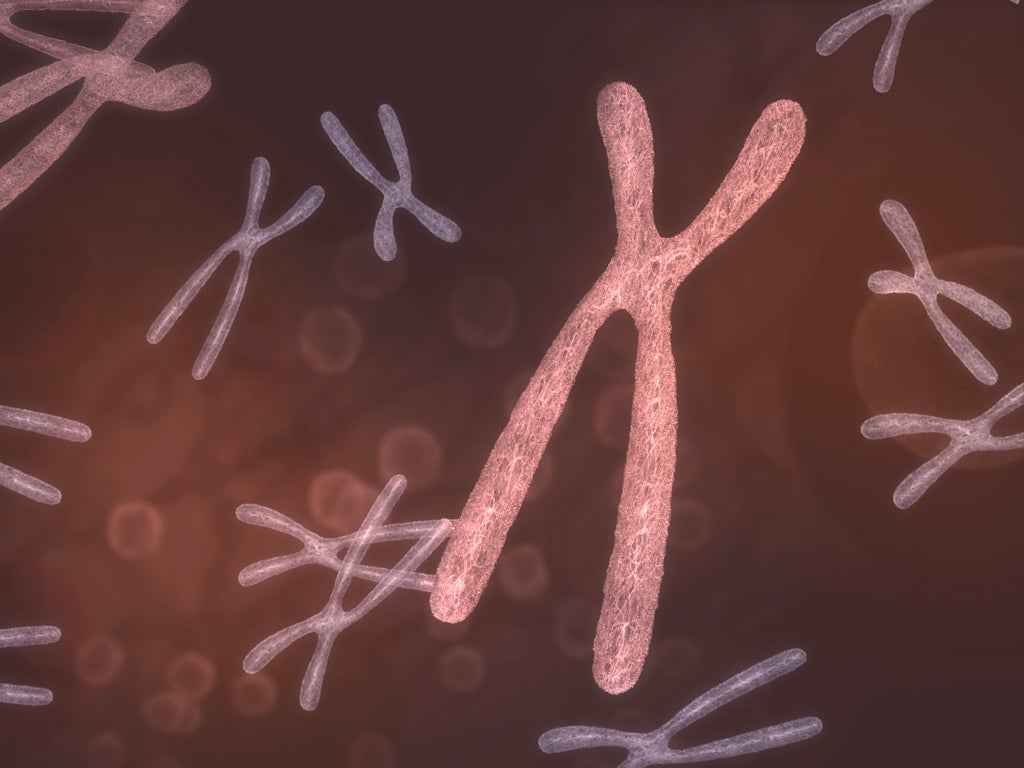Scientists switch off chromosome for first time, raising hope for possible Down's treatment

The first steps towards genetic therapy for Down's syndrome children have been taken in a study showing that it is possible to turn off the entire extra chromosome in the cells of people suffering from the condition, scientists said.
It is the first time that scientists have been able to switch off a complete human chromosome, which could lead to a greater understanding of what goes wrong when babies inherit three copies of a chromosome rather than the usual two, the researchers explained.
Down's syndrome, the most common chromosome defect, results in serious developmental abnormalities and a shorter life expectancy. It usually occurs when an embryo inherits three copies of chromosome number 21 - one of the 23 pairs of human chromosomes - but correcting this major inherited defect with gene therapy was considered to be too complex and difficult.
However, working on stem cells derived from a patient with Down's syndrome, scientists have been able to insert a genetic switch into the extra, third chromosome. This switch, called the XIST gene, normally turns off the second X chromosome found in the cells of women so that only one X chromosome actually functions, as it does in men.
In the study published in the journal Nature, the XIST gene switched off the extra chromosome in the Down's cells growing in the test tube. This enabled the scientists to compare the function of the cells with and without the extra chromosome 21, said Professor Jeanne Lawrence of the University of Massachusetts Medical School in Worcester, Massachusetts.
"The last decade has seen great advances in efforts to correct single-gene disorders…By contrast, genetic correction of hundreds of genes across the entire extra chromosome has remained outside the realm of possibility," Professor Lawrence said.
"Our hope is that for individuals with Down's syndrome, this proof-of-principle opens up multiple exciting new avenues for studying the disorder now, and brings into the realm of consideration research on the concept of 'chromosome therapy' in the future," she said.
The scientists emphasised that the study is at the very earliest stages and there remains many difficult, technical issues involved in switching off the extra chromosomes in the cells of Down's children. Nevertheless, the technique will also result in experimental "models" of the genetic disorder based on cells growing in culture, they said.
"Although development of any clinical gene therapy is a multi-step process, any prospect requires that the first step, functional correction of the underlying genetic defect in living cells, is achievable. We have demonstrated that this step is no longer insurmountable for chromosomal imbalance in Down's syndrome," the researchers concluded.
Subscribe to Independent Premium to bookmark this article
Want to bookmark your favourite articles and stories to read or reference later? Start your Independent Premium subscription today.

Join our commenting forum
Join thought-provoking conversations, follow other Independent readers and see their replies